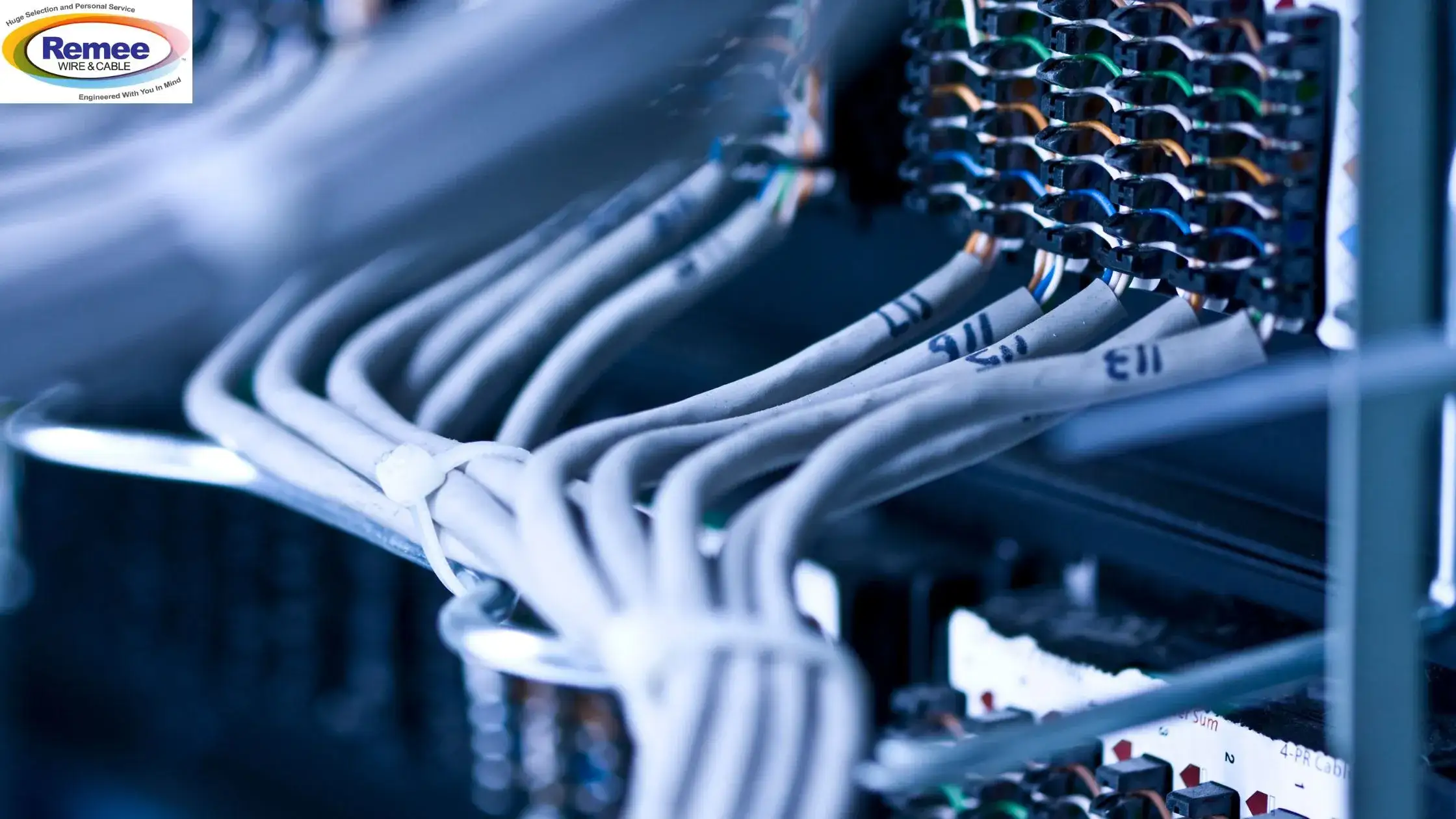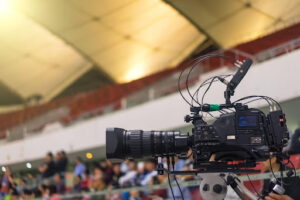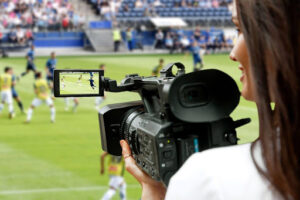
The Latest Trends in Broadcast Cable Requirements
Summary: Broadcast engineers and system integrators must now navigate ever-higher resolution video, rugged outdoor conditions, and increasingly stringent safety codes. This article explores the latest broadcast cable requirements, with a focus on SMPTE 311M hybrid cables, the industry standard for camera-to-CCU connections. Learn how studios, outside broadcasts, and sporting events rely on advanced cable designs to deliver reliable, high-quality HD/UHD live feeds with uncompromising durability.
These hybrid cabling standards are now used in major live events such as PGA golf championships and national broadcasts. As 4K/8K and real-time workflows proliferate, broadcasters demand cables that can deliver power, control, and data reliably over long distances and under rugged conditions. That’s where broadcast cable strategies turn critical.
The Hybrid Standard Explained
These cables define a hybrid cable design combining multiple copper conductors with fiber, as well as a strength member and shielding:
- 2 single-mode optical fibers
- 2 signal conductors (24 AWG copper)
- 4 auxiliary (power) conductors (20 AWG copper)
- Overall, tinned copper braid shielding (85% minimum coverage)
- Central strength member, upjacketed stranded steel member for crush resistance
- Designed for –20 °C to +75 °C outdoor/indoor operation
Why Studios & Field Ops Rely on Broadcast Cabling
Key Benefits:
- Robust Hybrid Signal Delivery: Carries uncompressed HD/UHD video via fiber, power, and control over copper in one cable.
- Extreme Durability: Cross-linked PVDF jackets endure trucks, weather, and repeated rigging.
- Low Bend Radius Performance: A 1.8 in. bend radius makes flexible cable handling practical in tight spaces.
Applications include broadcast studios, OB vans at golf or sports events, and remote production rigs.
Ready to specify or quote a custom cable configuration? Request Information

Broadcast Cable Demands in 2025
The broadcast cabling landscape is changing due to:
- Rising digital workflow complexity for live and studio content.
- 4K/8K Ultra HD and HDR workflows are becoming the industry standard.
- Hybrid events are calling for seamless indoor-outdoor, multi-platform connectivity.
- Increased cable runs over larger venues and stadiums.
- Growing reliance on SMPTE 311M hybrid camera cables for simultaneous video, audio, power, and control.
What is Broadcast Cable and Why Standards Are Essential
Broadcast cable refers to specialized cables designed to transmit high-fidelity video, audio, control signals, and power in demanding environments. These differ from standard A/V cables because they must:
- Maintain superior signal integrity over long distances.
- Withstand rough handling, extreme temperatures, and frequent movement.
- Comply with regulatory standards (e.g., SMPTE 311M) to ensure interoperability.
Features of SMPTE 311M Hybrid Camera Cable:
| Feature | Why It Matters |
| Fiber Type | Single-Mode OS2 enables long-distance runs, higher bandwidth, and reduced signal loss |
| Copper AWG | 20 AWG for auxiliary power, 24 AWG for control/data |
| Jacket Material | Cross-linked PVDF jackets endure trucks, weather, and repeated rigging; PVC for indoor/riser people |
| Shielding | Overall tinned copper braid with min. 85% coverage braid coverage provides resistance to EMI |
| Strength Member | Upjacketed stranded steel member handles crush and tension |
| Bend Radius & Flex Tests | Supports continuous flexing, ideal for OB use |
| Connector Compatibility | Use SMPTE 304/311 connectors for seamless deployment |
Remee offers configurations with other shielding, water-blocking tape, and direct-burial options
Remote Production and Distributed Workflows
The rise of remote production (REMI – Remote Integration Model) and distributed workflows has further reshaped broadcast cabling requirements. With teams scattered across different locations, efficient and reliable connectivity is paramount.
- High-Capacity Fiber Backbone: Long-haul fiber optic connections are crucial for linking remote venues to central production facilities, enabling real-time transmission of uncompressed or lightly compressed video and audio.
- Ruggedized Field Cables: For on-site camera connections and other temporary deployments, durable and easily deployable cables, often based on Broadcast Cabling solutions meeting standards like SMPTE 311M, are essential. These cables must withstand repeated deployment, retrieval, and harsh environmental conditions.

These trends highlight the need for cabling solutions that are not only high-performing but also adaptable and resilient enough to support complex, geographically dispersed production models.
Need help selecting the right broadcast cable for your event or studio project? Ask an Expert at Remee
Studio and Field Case Studies
The new PGA TOUR Studios, described as a “game-changer,” leverages broadcast cabling for multiple feeds, real-time camera reviews, and seamless content delivery.
On-Site at the PGA Championships
Field environments like the 2025 PGA Championship showcase the sheer scale of modern broadcast cabling:
- Over 200 cameras connected via more than 40 miles of fiber and SMPTE 311M cable cover vast golf courses.
- Fly cams, bunker cams, and specialty rigs demand robust hybrid cables that can stand up to weather, tension, and frequent reconfiguration.
- Signals from every part of a sprawling venue must be routed in real-time to multiple 18-wheeler mobile production units, each handling dedicated broadcast tasks.
- Production teams rely on SMPTE 311M’s long-distance capability and ruggedness for flawless coverage, even as new at-home production models emerge.
The choice of broadcast cabling defines reliability, signal integrity, and flexibility for modern media networks. Whether covering live sports, studio production, or remote events, SMPTE 311M hybrid cables deliver a standardized, future-proof approach that simplifies infrastructure and maximizes performance.
Ready to upgrade your broadcast infrastructure? Get spec sheets on Remee ClearCast™ cables for broadcast and A/V.

FAQ: SMPTE 311M & Broadcast Cabling Essentials
Q1: What is the primary advantage of fiber optic cable over coaxial cable for broadcast applications?
Answer: The primary advantage is significantly higher bandwidth, allowing for the transmission of uncompressed or minimally compressed high-resolution video (4K, 8K) over much longer distances with minimal signal loss and complete immunity to electromagnetic interference (EMI).
Q2: Why is the SMPTE 311m standard important for field productions?
Answer: It is crucial because it defines a hybrid cable that combines optical fibers for high-bandwidth video and data with copper conductors for power and camera control. This allows a single, ruggedized cable to handle all essential connections for professional cameras in the field, simplifying setup, reducing clutter, and ensuring reliable performance in demanding outdoor environments.
Q3: What are the main considerations when choosing outdoor broadcast cables for events like golf tournaments?
Answer: When choosing outdoor broadcast cables for events like golf tournaments, key considerations include ruggedness (resistance to crushing, abrasion, and environmental factors), flexibility for repeated deployment and retrieval, optical fiber count and type (often single-mode for longer distances), and compliance with standards like SMPTE 311m for integrated power and signal transmission.
Q4: How do I know if a cable meets SMPTE 311m requirements?
Answer: Check the manufacturer specs for labeling and compliance. Look for integration of optical fibers, copper power lines, control conductors, and a reinforced strength member. Reputable brands will provide certification and testing information.